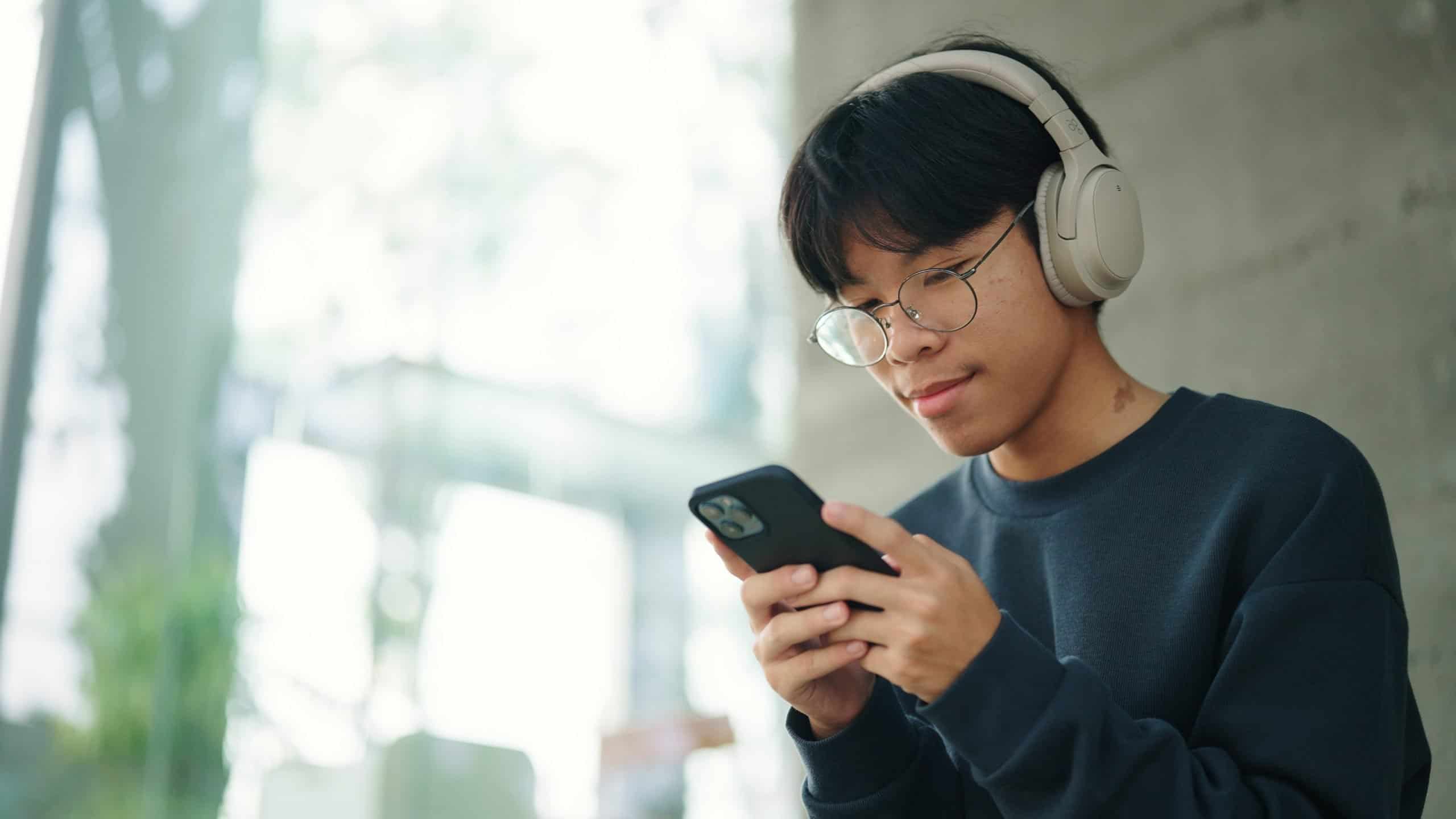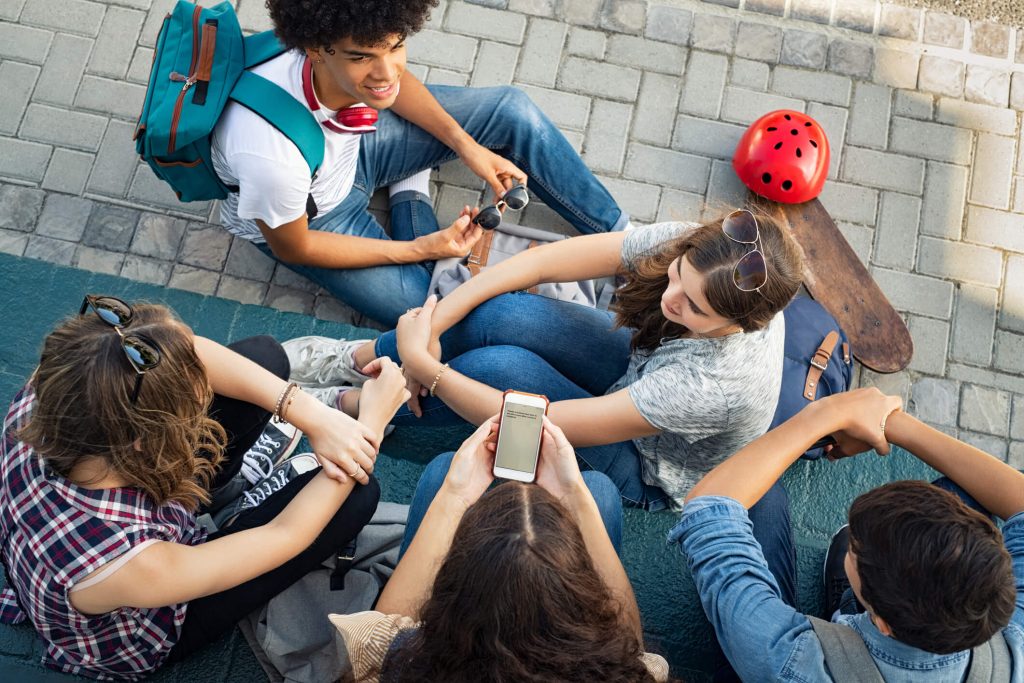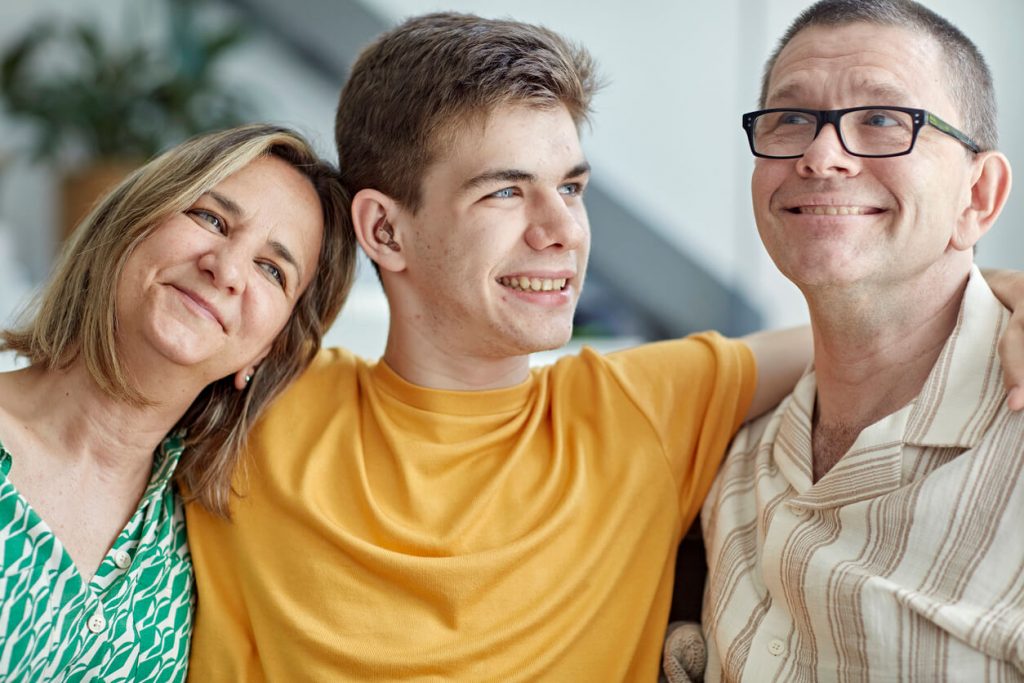In 2024, the number of worldwide social media users passed 5 billion—over 60% of the world’s population. Some regions of the world, such as Northern Europe, 80% are using social media.1
Despite its popularity, and the obvious benefits it brings, many are recognizing its dangers. Without proper guardrails, social media use can quickly spiral out of control.
One story we hear frequently is how social media leads down a slippery slope—one that often ends in a sinkhole of unwanted pornography use. Let’s look more closely at how this happens, and more importantly, how you can avoid it.
Nick’s Experience With Social Media
We recently heard from a young man we’ll call Nick. Nick told us:
“In my fight against pornography, I have struggled when accessing YouTube, Instagram, Facebook, Netflix, and other social media offering inappropriate content, as well as many websites offering pornography exclusively.”
In fact, it was social media that first introduced Nick to pornography.
“The first time that I exposed myself to pornography was on one late, quiet night after my family had gone to bed. I was 17 then. I recall desiring to watch sports highlight reels via YouTube. Yet, as YouTube generated new suggestions for me to watch, the theme of the videos derailed from sports into more sexually suggestive content until I had been exposed to pornography itself.”
For Nick, this began a years-long struggle with pornography. See also The Truth About Teens and Porn
How Social Media Can Lead To Porn
Nick’s experience is common. Our friends at Protect Young Eyes have tested all the popular social media platforms, and with many they have found that of innocent browsing can quickly lead to inappropriate, and even pornographic content.
Some social media users, like Nick, have no prior history with pornography, and do not intentionally seek it out. However, as the algorithm makes suggestions, it’s very easy for their curiosity to be piqued with sexualized content. Nick explained how this happened to him:
“Initially, I was hesitant, but it did not take long before I lost any concern. To this day, I can remember some of the clips I saw that night.”
How to Avoid Porn on Social Media
We all need boundaries when it comes to things like social media. But boundaries aren’t a one-size-fits-all solution, but they are an important part of using social media well. Here are some of the boundaries we recommend. Here are some practical tips for parents to help their children avoid Nick’s situation.
Talk About It
We’ve heard stories from kids who were completely sheltered from social media but quickly fell into it once they were outside the house. Parents should protect their kids from exposure, but even more importantly they should regularly discuss pornography with their kids.
Yes, you heard that right. You need to talk about it. For help with this, check out our free Victory course, How to Talk to Your Kids About Pornography.
Nick eventually found freedom through relationships in his church:
“I reached out to an elder at my church… Along the way, I experienced a genuine change in my mindset and my heart.”
Allow Age-Appropriate Use
As they say at Protect Young Eyes, “delay is the way.” The older kids are when they start using social media, the better equipped they’ll be from a cognitive development standpoint to handle it. If parents proactively teach their kids about the healthy use of technology before they are immersed in it, it sets them up for success.
This is particularly true with apps like Facebook, Instagram, and Snapchat.
YouTube led to Nick’s exposure to pornography, but there may be cases where limited use of YouTube is appropriate even for younger children. YouTube’s Restricted mode will help eliminate most objectionable content (Covenant Eyes’ porn blocking feature can enforce this setting). You should identify the specific channels your children will be watching, rather than allowing them to browse for it.
Monitor Your Devices
Nick fell into pornography because he was alone and nobody saw what he was doing. One way to safely train teens to use social media is by giving them limited access to monitored devices. For example, when a teen reaches the age where it may be appropriate to have a Facebook account, they should initially access it on a computer in the family room rather than a personal device in their room.
There are technical ways to monitor as well. Covenant Eyes has monitoring that detects pornography on the screen. Make sure everyone understands that the devices are monitored. You can then use the activity feed as a way to continue discussions about healthy social media use.
Avoid Endless Browsing
We already touched on this briefly, but one of the big dangers of social media is the way the algorithm recommends “related” content when you browse. With YouTube, for example, there’s a lot of valuable content. However, if you simply go to YouTube and click from video to video, there’s no telling where you might end up.
Social media can be powerful tools for connecting with friends, sharing valuable information, or even conducting business. However, if they’re used uncritically, you can easily waste hours of time or worse, stumble into pornography.
The key is to use them, rather than being used by them. The best way to do this is to set time limits. Better yet, only use social media for a specific purpose, like checking your messages or watching a specific video.
1 Statistia, “Social Network Penetration by Region,” accessed October 16, 2024. https://www.statista.com/statistics/269615/social-network-penetration-by-region/










0 comments.